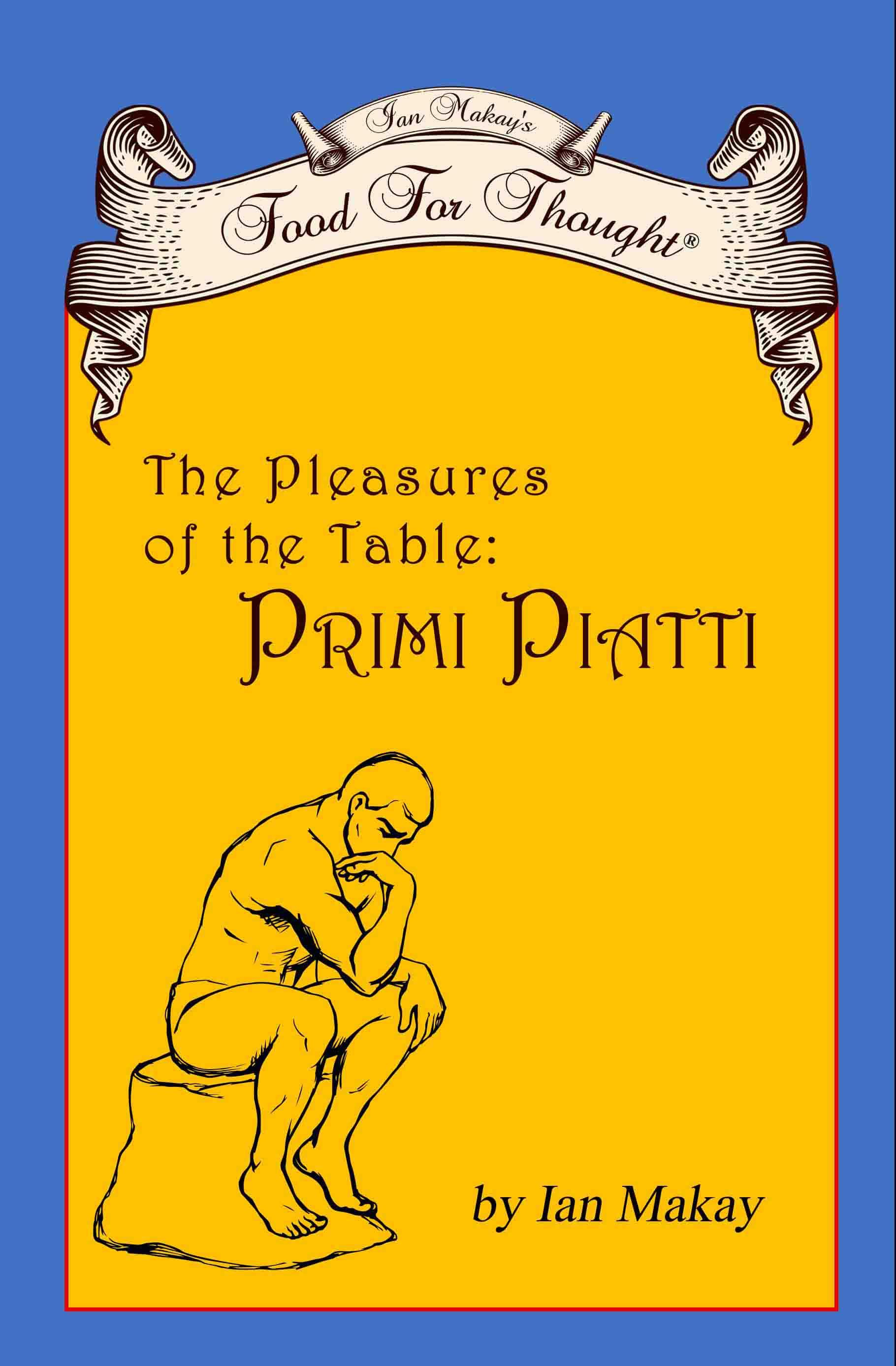New terminology is regularly coined in an effort to explain complex eating behaviors in a time when dietary tastes and lifestyles are so varied. One such term is "flexitarian." It emphasizes flexibility and a thoughtful attitude to food eating, as the name would imply. In this article, we'll examine the definition and importance of the term "flexitarian," as well as how it describes a flexible and well-balanced dietary philosophy.
As the book Ian Makay's Food for Thought—The Pleasures of the Table: Primi Piatti wryly defines it:
Flexitarian: A silly word used to categorize people whose eating habits don't already fit into a category but desperately want to belong to a label.
Example: "Me? I'm flexitarian. It's like a vegetarian, but I eat meat, too."
ignatios
Urban Dictionary
A Blend of Flexibility and Mindfulness
The term "flexitarianism" was created by fusing the words "flexible" and "vegetarian." It usually refers to a dietary pattern that emphasizes plant-based meals with the option of including meat or other animal items on occasion. Contrary to severe vegetarianism or veganism, flexitarianism recognizes the variety of food sources and places an emphasis on moderation rather than stringent prohibitions.
The Core of Flexitarianism
The goal to establish a balance between plant-based and animal-based diets is essential to the idea of flexitarianism. Flexitarians use animal products like lean meats, dairy, and eggs in a thoughtful and purposeful way, even if the foundation of their diet consists mostly of plant-based foods like fruits, vegetables, whole grains, legumes, and nuts.
Advantages of a Flexitarian Approach
Health Benefits: Flexitarianism offers a medium ground that can give the health advantages of both omnivore and plant-based diets. A diet high in fruits and vegetables increases the intake of vitamins, minerals, and fiber, while lean meats consumed in moderation can meet protein and iron needs.
Sustainability and the environment: Flexitarians help to reduce the negative effects of food production on the environment by consuming less meat. Land utilization, water use, and greenhouse gas emissions are all related to animal agriculture. A flexitarian diet encourages resource usage that is more sustainable.
The Flexitarian Spectrum: Various Flexibility Methods
Flexitarianism is not a universally applicable idea. Depending on their tastes, moral convictions, and health objectives, people may adopt varied degrees of flexibility. Some people could occasionally include meat on special occasions, while others might occasionally eat it periodically in modest amounts. The range of flexibility emphasizes how individualistic and flexitarian options are.
Practical Tips for Incorporation
Gradual Transition: For those interested in adopting a flexitarian diet, transitioning gradually can be effective. Start by designating certain days of the week as meatless and gradually increase plant-based meals over time.
Experiment with Meat replacements: The popularity of plant-based meat replacements offers several options to include protein-rich alternatives in meals. An interesting addition to a flexitarian diet might include products like tofu, tempeh, seitan, and beans.
Concentrate on Nutrient Density: Give high-nutrient foods like leafy greens, vibrant veggies, whole grains, and nuts the highest priority. These meals support satiety and general well-being in addition to offering vital nutrients.
The Evolution of Dietary Choices
The term "flexitarian" embodies the evolving nature of dietary choices. As society becomes more conscious of health, sustainability, and ethical considerations, flexitarianism emerges as a bridge between divergent eating philosophies. It reflects a balanced approach that resonates with a growing number of individuals seeking to align their diets with their values and health objectives.
Flexitarianism exemplifies a modern, adaptable approach to food consumption. By recognizing the benefits of both plant-based and animal-based foods, individuals can create a sustainable and health-conscious dietary pattern. The concept invites us to embrace flexibility, mindfulness, and a holistic perspective on nutrition. In a world where dietary choices are as diverse as individuals themselves, flexitarianism offers a practical and sensible path toward a more balanced and conscientious relationship with food.
Once you digested all this, make sure to check out Ian Makay's Food for Thought—The Pleasures of the Table: Primi Piatti for other amazing and often offbeat additions to the culinary lexicon along with quotes, quips, strange recipes, humorous stories, and lighthearted reference on all things edible. Yes, you are right; this book is all in one.
